Analysis: How Uchenna Nwosu Fills Seahawks' Biggest Offseason Need
In signing edge rusher Uchenna Nwosu, the Seahawks filled what was, based off the comments of new defensive coordinator Clintt Hurtt, their biggest defensive need heading into the offseason: a 3-4-style outside linebacker.
“You know continue to find another guy to be devastating, the edge rusher that can be a game-changer, a game-wrecker is what we need,” Hurtt told 950 KJR on February 19th.
The huge deals handed out to the top edges in this free agency cycle proved too rich for the Seahawks, with Von Miller signing with Buffalo for six years, $120 million and Chandler Jones landing in Las Vegas on a three-year, $51 million contract.
Instead, Nwosu's addition represents real value for Seattle. The 25-year old, who turns 26 in late December, inked a two-year, $19.055 million deal featuring $10.535 million of guaranteed money while carrying a 2022 cap hit of just $6.295 million.
Another playmaker in the fold ✍️ pic.twitter.com/Syo2LJwCY0
— Seattle Seahawks (@Seahawks) March 17, 2022
Over his four seasons in the NFL, Nwosu has 15.0 career sacks, 45 quarterback hits, and 21 tackles for loss. The outside linebacker blossomed in the second half of 2021, his first year as a starter, finishing with 5.0 sacks and 17 quarterback hits.
The charting companies reflect positively on Nwosu’s game too. Pro Football Focus logged him with 40 pressures on the season and Sports Info Solutions gave him a 13 percent pressure percentage (higher than Miller, among others). And the edge rusher was playing through a torn labrum.
Nwosu has been particularly good in clear passing situations, the first part of the tape that many evaluators look at to see the pure rush in a player. My Seattle Overload co-host Griffin Spinmove highlighted this. His third down pressure percentage has been excellent to good each season: 20 percent in 2018, 11.3 percent in 2019, 20.8 percent in 2020, and 11.5 percent in 2021 per SIS.
The Chargers decided not to pay their 2018 second-round pick because of their recent trade for Khalil Mack. That should work to the Seahawks' benefit.
Nwosu’s athletic profile gives us an idea of what Seattle is looking for from this edge position moving forward as they lean into the 3-4 elements of a defense Hurtt described as “multiple.” At the 2018 combine, the USC product measured in at 6-foot-2, 251 pounds with 33 5/8-inch arms and ran the 40-yard dash with a 1.63-second 10-yard split.
These measurements are similar to the Seahawks’ past prototype when looking for a SAM linebacker. Yet Nwosu is a large upgrade on last year’s edge group and for the direction that Seattle wants to continue heading in. Let me explain.
Though Seattle has Carlos Dunlap, who is more of a 4-3-style edge rusher, they want to base largely out of fronts that look more 3-4 in nature: specifically bear and under. When the Seahawks defense is faced with early-down action and/or 21 personnel, they will get into these base defenses.
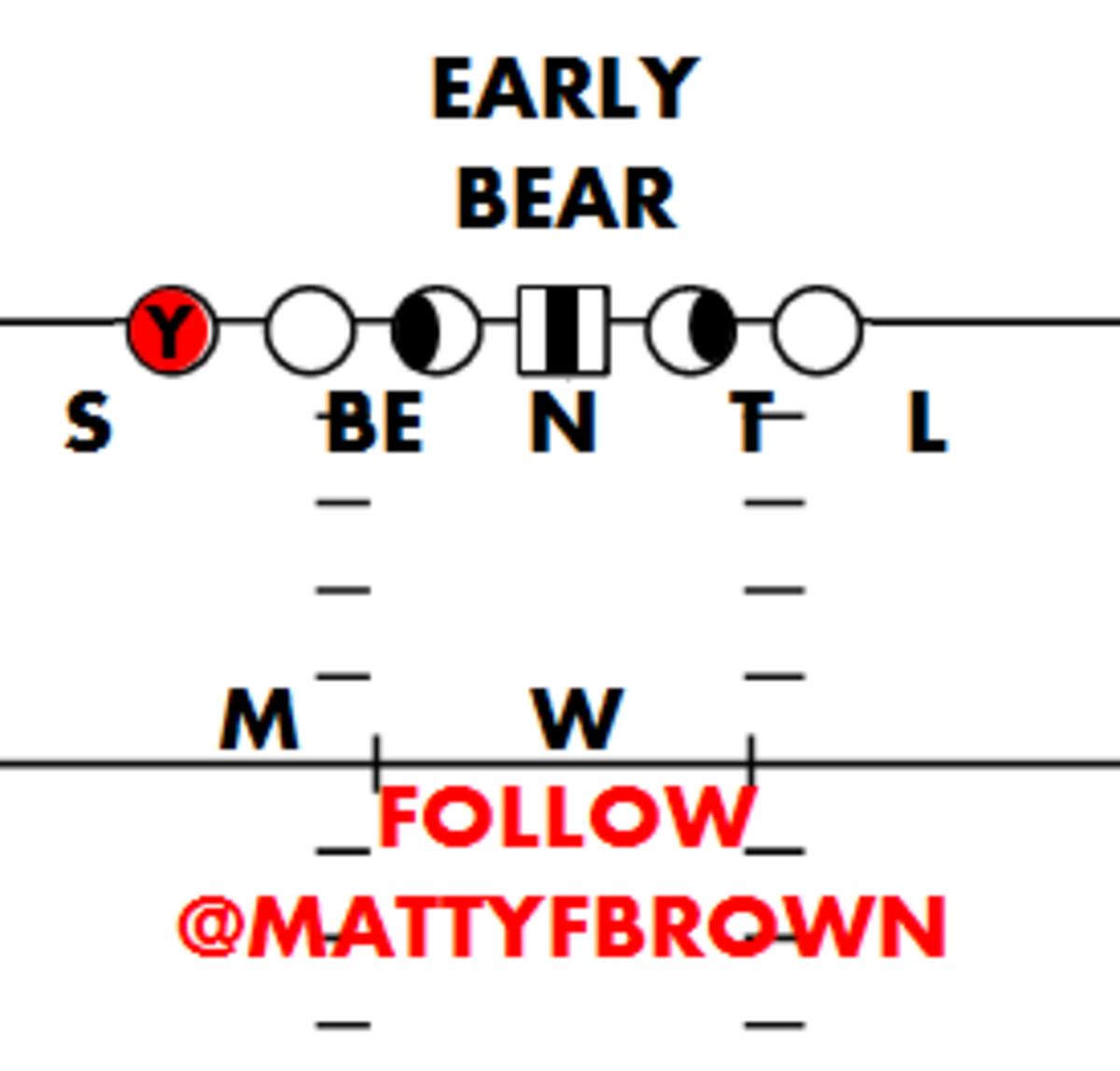
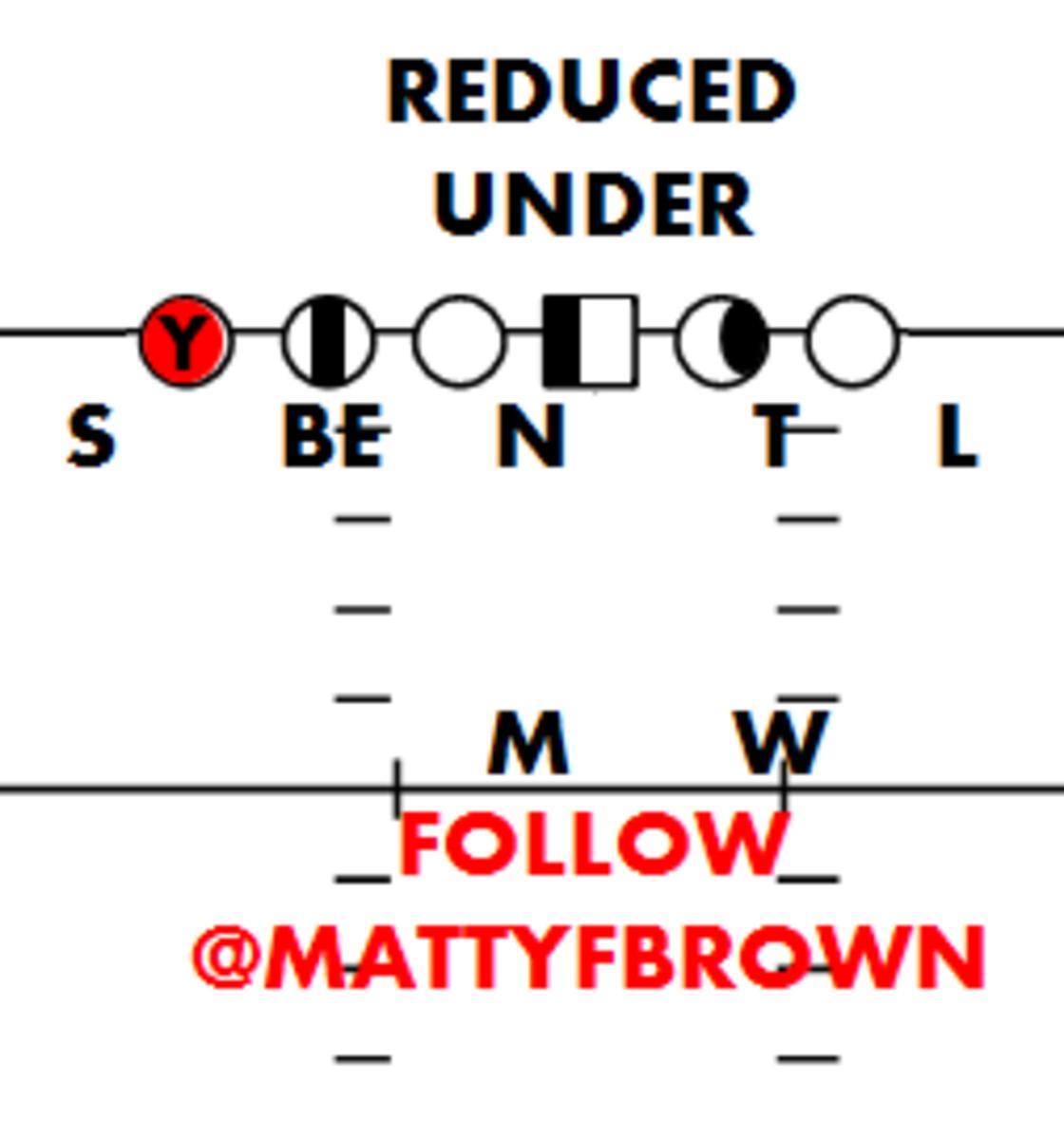
To offenses, Dunlap’s profile is blatantly not that of someone who can drop into coverage very well. He is a more obvious pass rusher than pass dropper, even if the Seahawks did try some pass drops with Dunlap anyway.
In 2021, Dunlap’s reduced playing time was a result of his clear defensive end nature but also because of him playing disappointing football to start the season. Seattle, in trying to figure out their edge group, tried a lot of combinations on base downs. We saw Rasheem Green, Alton Robinson, Benson Mayowa, and Darrell Taylor all work the perimeter.
Crucially, each player spent time at what was technically the “LEO” defensive end spot and also at the “SAM” linebacker role. The lines between the SAM and the LEO blurred into more of a “left or right” thinking, rather than one aligning to the strength and one away. A revealing clip from 2021 training camp was the SAM and LEO positions being bucketed together in practices.
This positional joining was an evolution from 2020 where, when running 3-4-style fronts, Seattle aligned the LEO and SAM based off field/boundary rules, off of the strength. In that season, there was a clear difference in personnel. K.J. Wright was the SAM and the more obvious pass dropper. And there was Dunlap on the other edge, clearly the rusher. Seattle aligned with Dunlap to the field in middle field closed defenses and Wright to the boundary, designed to help each in their rush or drop assignment. In middle field open defense, they switched.

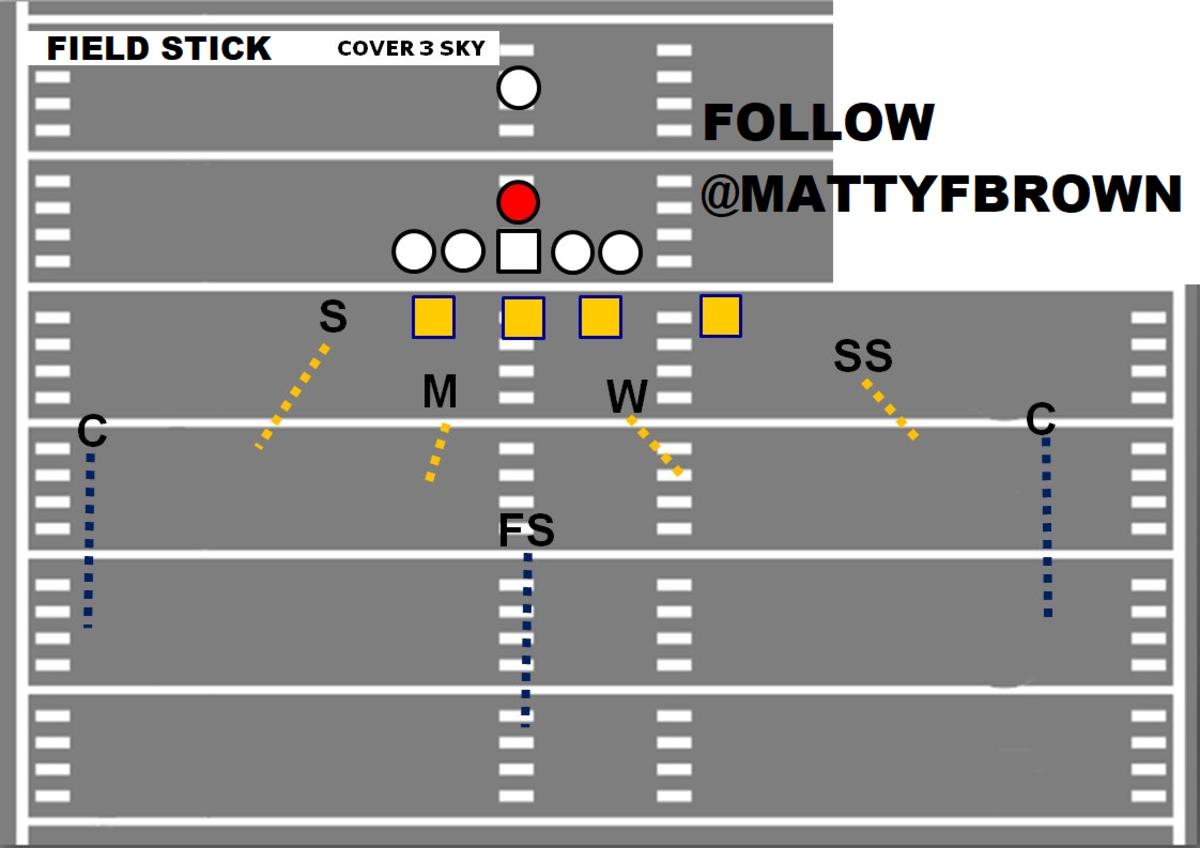
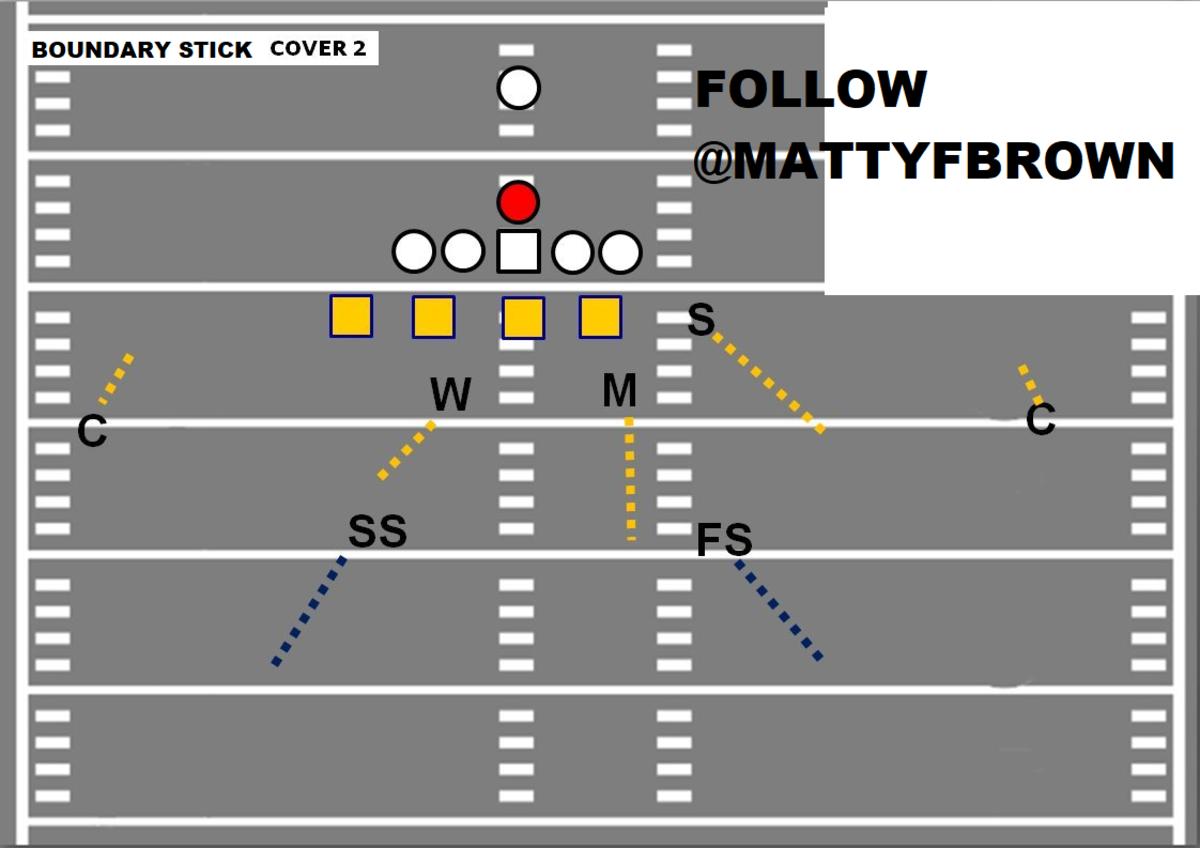
For 2022, Nwosu lets Seattle play left and right, interchangeable with their edge group but at a better level than the 2021 attempt. Alton Robinson bulked up unexpectedly in the pros but he was, and is, more of a classic 4-3 defensive end. Green, a free agent, is unlikely to return to Seattle and certainly not in the edge role. Finally Mayowa—who did start his career as a 2013 Seahawks SAM—has become more of a defensive end and tellingly was cut.
Nwosu has established pass rush productivity. He also has experience as a dropper in multiple coverage techniques and is comfortable in space. Moreover, his background is based in a familiar scheme to Seattle's.
Last year, he played in Brandon Staley’s defense, the root of which is the Vic Fangio system that has influenced Hurtt as a tactician and also associate head coach/defensive assistant Sean Desai.
Then prior to Staley, Nwosu was in the old Carroll scheme with former Seahawks defensive coordinator Gus Bradley, starting out at SAM linebacker before making the switch to LEO defensive end competition, which demonstrates the crossover elements to each position.
Indeed, when asked by Seahawks.com’s John Boyle about what influenced his decision to sign in Seattle, Nwosu first went to the Xs and Os.
“The scheme,” Nwosu replied. “I feel like the best thing for a player is not always the best amount of money, it's about the scheme, being able to fit in.”
On the opposite 2022 base edge to Nwosu will be Darrell Taylor, a man who can drop into coverage well but also can rush the passer. Perhaps Taylor will get the left side of the defense, where he described himself as “dominant” during Week 1 of 2021.
The key result of this approach is offenses should struggle to decipher which edge player is rushing and which is dropping, while also being forced to respect that both could rush at the same time. Additionally, neither edge should be a weak point as a rusher or as a dropper, something we could not say about Seattle’s pairing in past seasons.
As I wrote in my preview piece on this 3-4 outside linebacker need, "Someone therefore has to be able to drop well other than Taylor, while still providing genuine rush potency. In 3-4 base spacing, you cannot rush off just the one edge and drop off the other, you have to mix it around for success.” Nwosu is the free agent add they required and they will draft at least one more player who can play the spot.
Dunlap won’t be left out entirely. He will just enter the game mainly for when Seattle is in sub-package, nickel, and dime defenses which start to look more 4-3 in structure again with over and even presentation. In these spots, the outside linebackers like Nwosu will just play at defensive end and ideally to the 3-technique's side to give them wider angles.
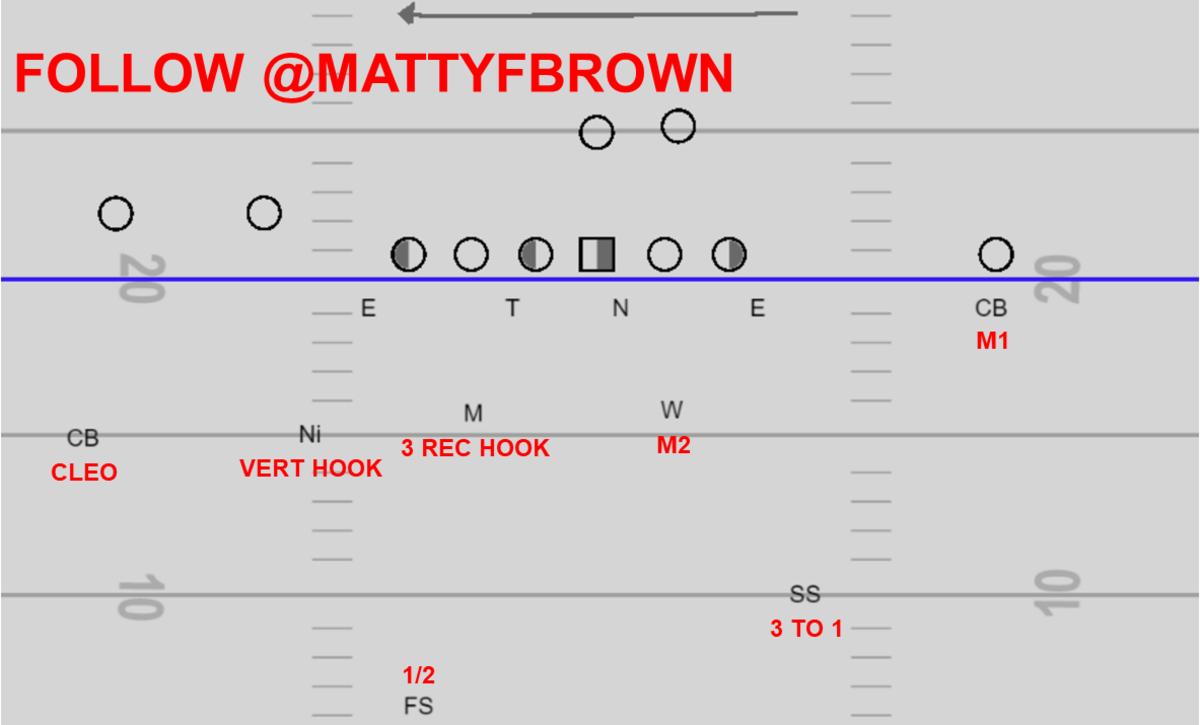
For more on Carroll’s history with these 3-4-style fronts, and Hurtt’s thinking with them, check out this two-part story on “Stick” defense:
